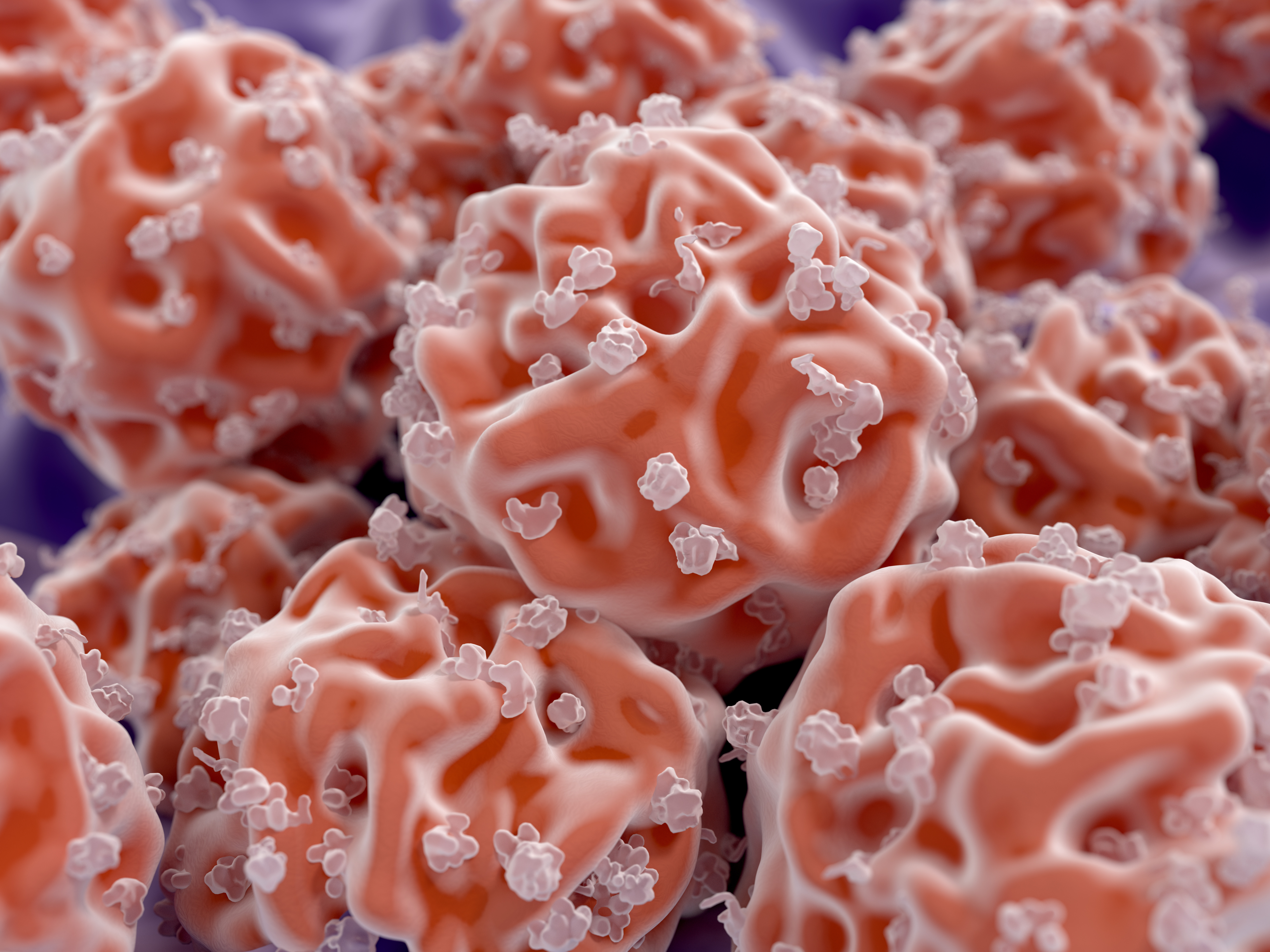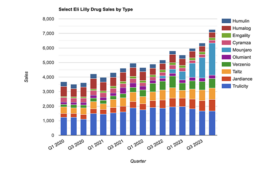
For patients with acute lymphoblastic leukemia (ALL) to be eligible for donor stem cell transplants — which are considered the only curative treatment for the disease —they must first be in complete remission.
The antibody-drug conjugate inotuzumab ozogamicin demonstrated significantly improved progression-free survival (PFS) and complete remission (CR) rates compared with chemotherapy for patients with relapsed or refractory ALL, according to randomized Phase 3 trial results. The study findings were presented at the 2016 European Hematology Association (EHA) meeting and published in the New England Journal of Medicine.
In the study, inotuzumab ozogamicin demonstrated a median PFS of 5 months compared with 1.8 months with standard chemotherapy. The CR rate was nearly 81 percent with the drug compared with around 30 percent for those who received the chemotherapy.
ALL, an aggressive form of leukemia, usually has a poor prognosis, with a 5-year survival rate of less than 10 percent.
“Forty-one percent of ALL patients in the study were able to proceed to transplant after receiving inotuzumab ozogamicin compared with the 11 percent we have seen qualify through standard chemotherapy, said Hagop Kantarjian, M.D., of The University of Texas MD Anderson Cancer Center. “Given that stem cell transplant is considered the only curative treatment option, the ability of inotuzumab ozogamicin to increase the number of patients able to bridge to transplant is encouraging.”
Although higher doses of chemotherapy may be effective in treating ALL, they are not administered because they could lead to long-term severe bone marrow damage, according to the American Cancer Society. But with a stem cell transplant, the patient’s bone marrow is restored when he or she receives a transplant of blood-forming stem cells.
The open-label, randomized trial included 326 patients, from 18 countries. They were administered either inotuzumab ozogamicin or a standard chemotherapy regimen. The study had dual primary endpoints: complete CR was assessed in the first 218 patients randomized and overall survival rate was looked at in all 326 patients.
Inotuzumab ozogamicin, called CMC-544, works by linking an antibody that targets CD22, the protein found on the surface of more than 90 percent of ALL cells.
Side effects of inotuzumab ozogamicin included cytopenia, a reduction in the number of red blood cells, and liver toxicity.
Filed Under: Drug Discovery




